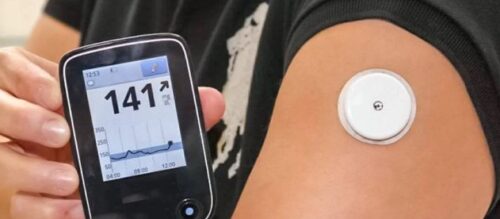In the ever-evolving landscape of healthcare technology, wearable medical devices have emerged as a game-changer, empowering patients and healthcare providers alike with real-time data and remote monitoring capabilities. One key technology that has paved the way for the production of innovative and cost-effective wearable medical devices is micro plastic injection molding. In this blog post, we will explore the significance of micro plastic injection molding in the healthcare sector and how it is transforming the design, production, and accessibility of wearable medical devices.

What is Micro Plastic Injection Molding?
Micro plastic injection molding is a manufacturing process that involves injecting molten plastic into a precision-machined mold cavity. The process is highly automated and allows for the mass production of small and intricate components with remarkable accuracy and consistency. This technology has been widely used in various industries, including automotive, electronics, and consumer goods, but its potential in the healthcare domain has captured the attention of medical device manufacturers.
Advantages of Micro Plastic Injection Molding in Wearable Medical Devices
- Miniaturization: One of the most significant advantages of micro plastic injection molding is its ability to create miniature parts with exceptional precision. As wearable medical devices often require tiny components to ensure user comfort and portability, this technology opens up new possibilities for the design and functionality of these devices.
- Cost-effectiveness: Traditional manufacturing methods for small-scale components can be time-consuming and expensive. Micro plastic injection molding offers a cost-effective solution for mass-producing wearable medical devices, making them more accessible to a broader range of patients and healthcare providers.
- Customization and Complexity: Wearable medical devices often need to be tailored to individual patients’ needs, and micro plastic injection molding allows for easy customization. Moreover, the process facilitates the incorporation of intricate designs and complex geometries that enhance the device’s performance and usability.
- Biocompatible Materials: Many wearable medical devices come into direct contact with the human body, necessitating the use of biocompatible materials to prevent adverse reactions. Micro plastic injection molding supports a wide range of biocompatible plastics, ensuring patient safety and comfort.
Applications in Wearable Medical Devices
- Continuous Glucose Monitors (CGMs): CGMs are crucial for diabetes management, providing real-time glucose level readings. Micro plastic injection molding enables the production of miniature components for CGMs, such as sensor housings and insertion needles, enhancing patient comfort and compliance.
- Cardiac Monitors: Wearable cardiac monitors track heart activity and detect irregularities. With micro plastic injection molding, manufacturers can create compact and lightweight components for these devices, ensuring unobtrusive wear and extended battery life.
- Smart Insulin Delivery Devices: Micro plastic injection molding facilitates the production of smart insulin pens or pumps, allowing precise dosing and remote monitoring, which significantly improves the quality of life for diabetic patients.
- Remote Patient Monitoring Devices: From smartwatches to fitness bands, remote patient monitoring devices are becoming increasingly popular. Micro plastic injection molding plays a pivotal role in producing the intricate components that enable real-time data collection and analysis.
Micro plastic injection molding is revolutionizing the healthcare industry, particularly in the realm of wearable medical devices. Its ability to create miniaturized, cost-effective, and customizable components has paved the way for a new era of patient-centric healthcare technology. As advancements in micro plastic injection molding continue, we can expect wearable medical devices to become even more sophisticated, user-friendly, and accessible, ultimately contributing to improved patient outcomes and the transformation of modern healthcare. The collaboration between medical device manufacturers, materials experts, and healthcare professionals will play a vital role in unlocking the full potential of this groundbreaking technology.